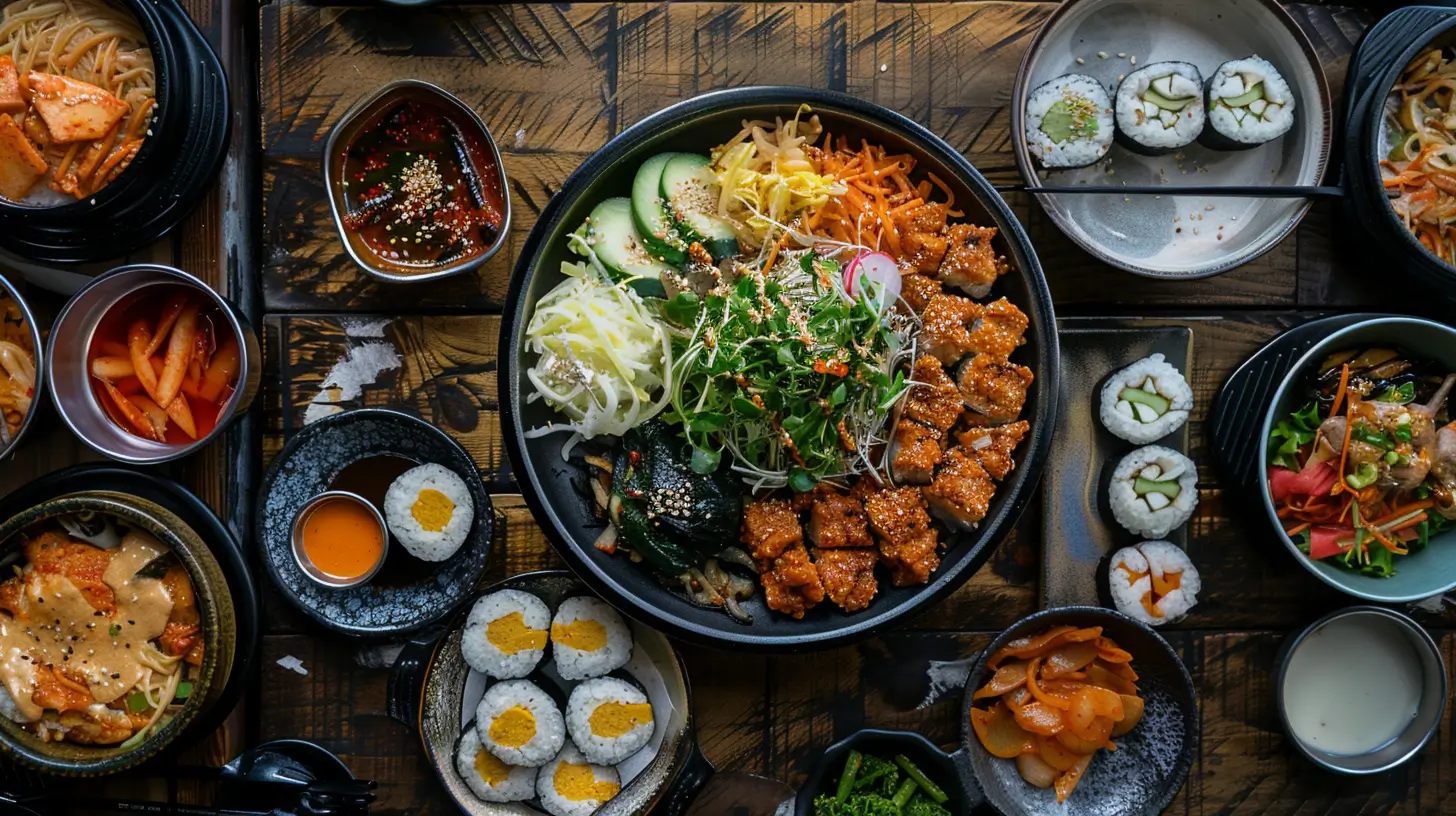September 27, 2025

Few cuisines have captured New York City’s imagination in the past two decades like Korean food. From sizzling Korean BBQ feasts in Koreatown to crispy fried chicken in Brooklyn and comforting stews in Queens, Korean dining has evolved into one of the city’s most beloved culinary experiences.
But there’s an even more important trend at play: affordable Korean food. In a city where a single salad can cost $20, the joy of discovering a $14 kimchi jjigae, a $7 kimbap roll, or a $25 all-you-can-eat BBQ meal is priceless.
Affordability matters not just for diners but for restaurant owners, too. Restaurants that master pricing strategies while maintaining strong online visibility thrive in 2025. As this case study shows, even small restaurants boosted bookings by 40% after redesigning their website — proof that flavor and digital presence must go hand in hand.
New Yorkers have different definitions of “affordable,” but for Korean food, these benchmarks make sense:
Korean food often feels more affordable than comparable cuisines because banchan (side dishes) are free, rice is refillable, and portions are generous. Splitting meals also stretches budgets further.
On the business side, affordability is possible when restaurants cut costs smartly. For example, adding direct online ordering instead of paying app fees helps owners save money and pass those savings on to diners.
NYC’s Koreatown, centered on West 32nd Street between 5th and 6th Avenue, is famous for its 24-hour BBQ restaurants, tofu houses, and dessert cafés. While some restaurants are pricey, many spots offer affordable meals for students, tourists, and late-night diners.
If Koreatown is flashy, Flushing is authentic. Queens’ Korean restaurants cater to locals, meaning larger portions and lower prices.
Bayside offers a quieter but equally vibrant Korean food scene.
Brooklyn isn’t as saturated as Queens, but Sunset Park is home to budget-friendly Korean gems.
Though fewer in number, the Bronx and Staten Island are growing their Korean presence.
Affordable dining is not just about ingredients and prices. Technology keeps these restaurants competitive.
As The Restaurant Marketing Funnel shows, customers discover, compare, book, and return — and affordability often drives the final decision.
New York City is filled with affordable Korean restaurants that balance price, flavor, and community. From $7 kimbap in Flushing to $15 fried chicken in Brooklyn and $25 BBQ in Koreatown, affordable Korean dining is thriving across all boroughs.
For restaurant owners, the lesson is clear: success isn’t just about food — it’s about visibility, digital strategy, and affordability combined. As The ROI of a Restaurant Website makes clear, investing in a strong website can directly improve sales while helping diners enjoy more value.
Affordable Korean food is more than a meal in NYC — it’s a cultural bridge, an economic necessity, and a delicious reminder that the best dining experiences don’t need to cost a fortune.
Stay inspired with our latest deep dives into the dining world. From choosing the perfect restaurant for life’s milestones to deciding between a night out or cozying up with takeout, each article offers humanized insights, practical tips, and stories that celebrate the joy of food and hospitality. Explore what’s new and discover guides that make every dining decision more meaningful.